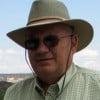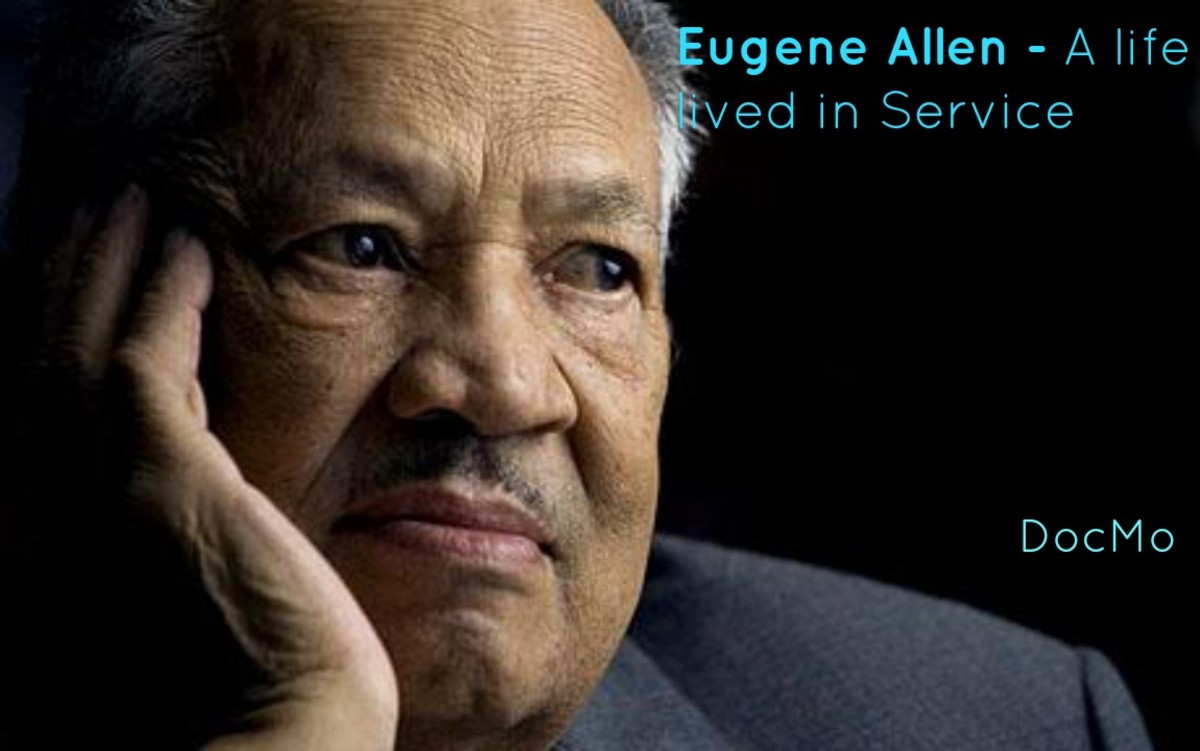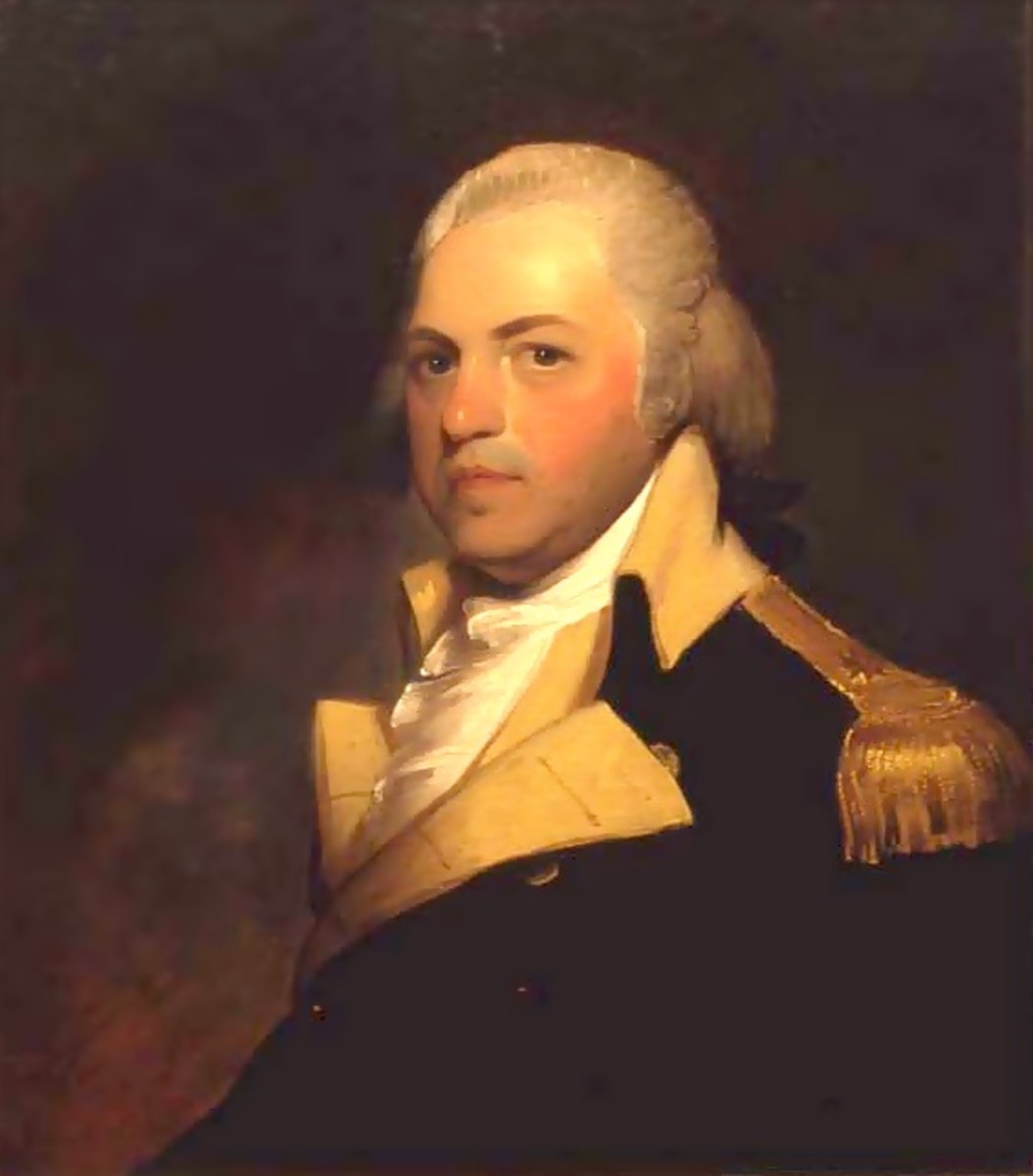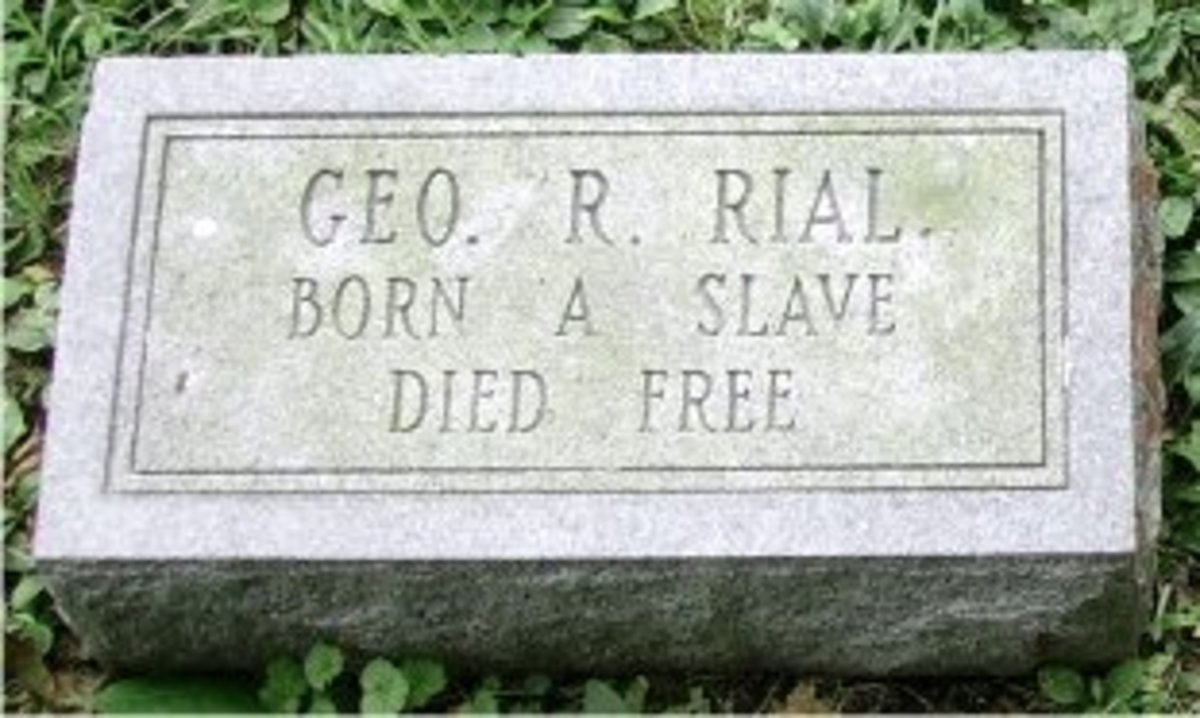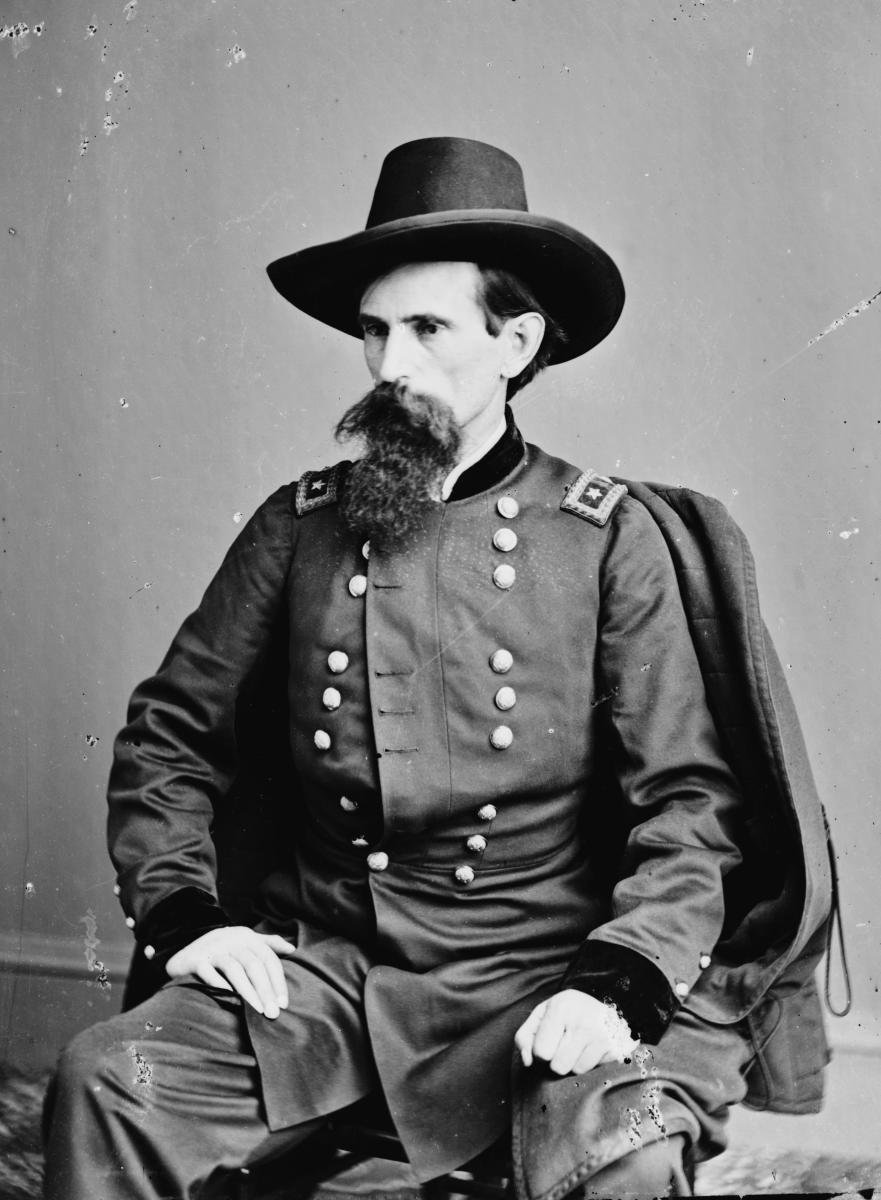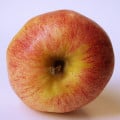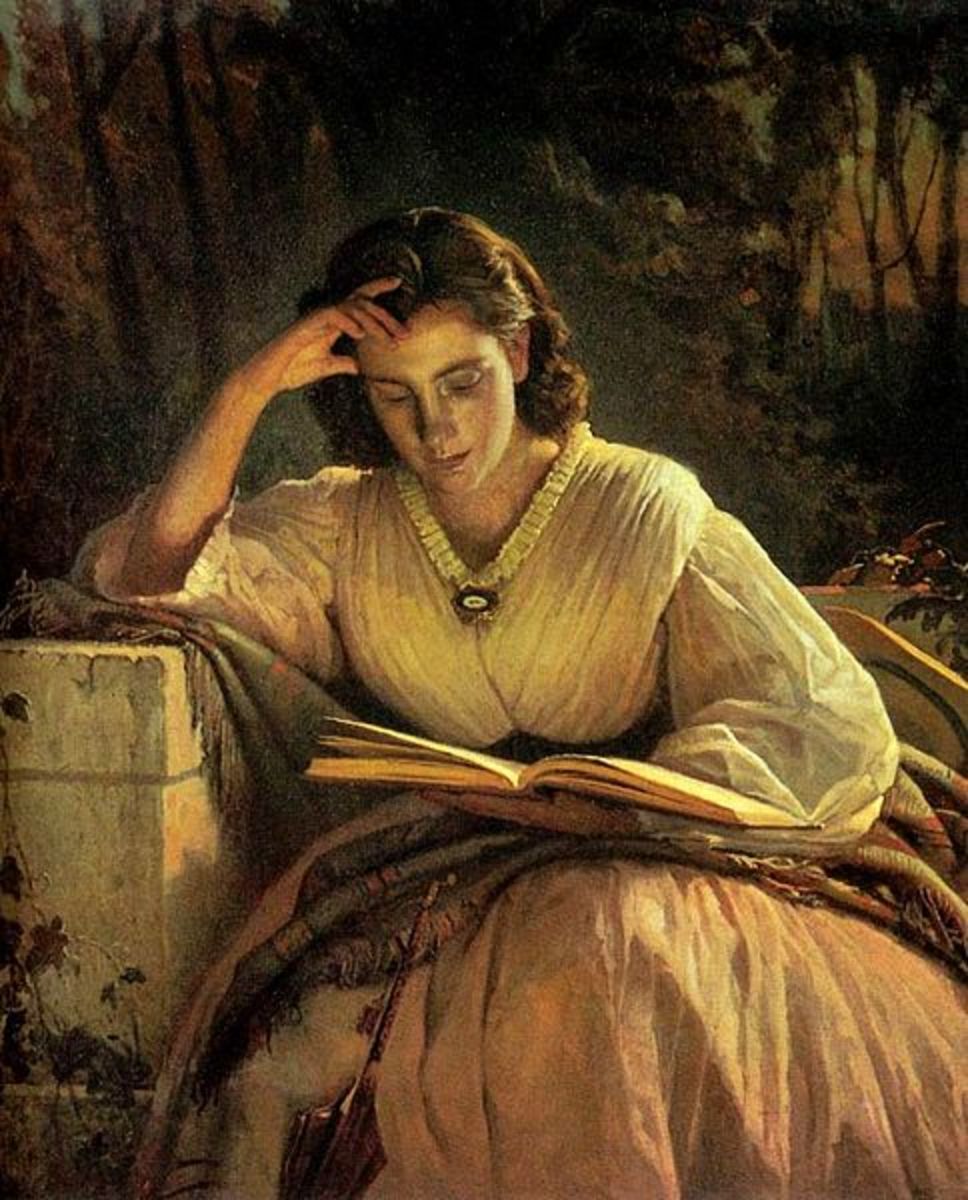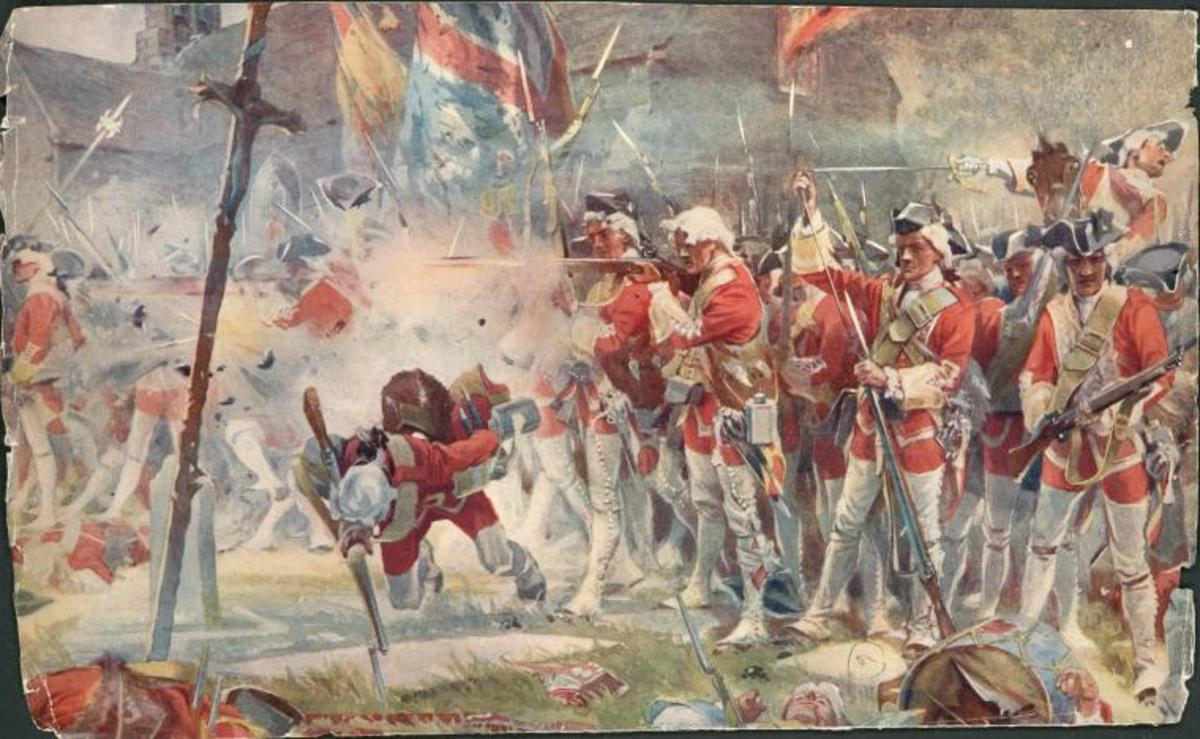Weston Wagons West - Ep. T1 -Fred Weston moves from Virginia to Ohio - Descendant of Thomas Weston
Symmes Purchase in SW Ohio region
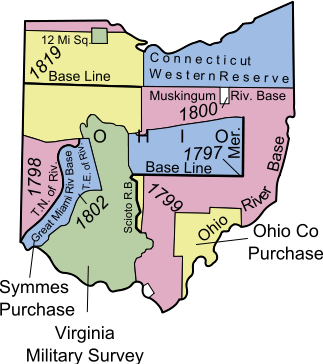
Introduction to Fred Weston
Fred Weston was born Fredrick Weston, in Virginia, in 1745, but was always known as Fred, away from his parents. Fred was the great-grandson of Thomas Weston who had first come to the Virginia colony from England at the age of 26 in 1650. In a later story we will fill in details of the missing generations, but today, we want to look at Fred's arrival in Ohio and his life there.
Fred Weston and his young wife, Winona, went down the Ohio River by flat-bottomed boat from western Virginia with his herd of 15 horses to settle in the newly opened Symmes Purchase, sometimes called the Miami Purchase, region. These were lands north of the Ohio River that were between the Great and the Little Miami Rivers, in Hamilton County, toward the north side of what is today the City of Cincinnati, but was unsettled wideness just outside a small village at the time. They acquired approximately 200 acres of primarily grassland on a knoll surrounded by forest. They hoped to be a supplier of horses to the soldiers at Fort Washington, which was just being built to protect the early settlements in the Northwest Territory. It was the summer of 1789 when they arrived.
Fort Washington and and the village of Cincinnati
Major Doughty was under orders from General Josiah Harmar to build the fort. There were only approximately 150 non-military people in the village and surrounding area at that time. When General Harmar moved into his quarters inside the fort at the end of December, 1789, the stockade's walls were two stories high with blockhouses located at each corner. The fort, of course, was named in honor of newly elected President George Washington.
On January 1, 1790, Northwest Territory Governor, General Arthur St. Clair, was received with great ceremony by the troops and the local citizens. The village had originally been named "Losantiville" - but he soon re-named it Cincinnati, in honor of the Society of Cincinnati, of which he was a member. Honoring George Washington, the Society wanted Washington to be thought of as the Roman farmer, Cincinnatus. This man had ruled Rome as a dictator, but after a great victory he had resigned, not unlike the actions Washington had taken following the war with Britain.
Fort Washington around 1800
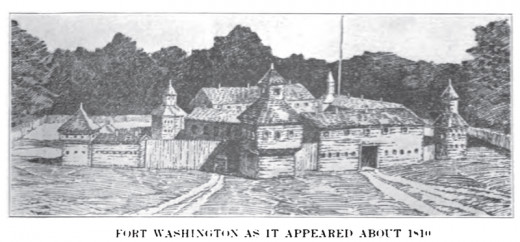
Fred Weston's farrier services were useful at the fort
Fred immediately on arrival made himself available to Major Doughty to assist the military efforts in any way he could, and let the Major know that he did have horses that would be available for purchase as needed, on a small scale. He also made it known that he was a skilled farrier and willing to backup or assist military personnel with those responsibilities. This turned out to be the key that Fred needed to become recognized by the military as someone useful to them. He was called on to assist, saved some grief by being in the right place at the right time, and subsequently received regular purchase orders and requisitions for his service and his horses from the military garrison at the fort.
Winona gave birth to their first son in August of 1790. They named him Truman. This brought joy to the family amidst the fears in the region based on increased hostile Indian activities. General Josiah Harmar and 1,500 members of the militia were defeated by the Indians to the north of their location in October 1790.
Learn about Early Ohio Settlers
The Butlers arrive
Shortly after the first of the new year, a new company of soldiers arrived let by three of the "fighting Butler's," General Richard, and his brothers Thomas and Edward. Fred had met the brothers at their father's gun shop, in Carlisle, Pennsylvania, before they had become war heroes. Richard Butler was named a commissioner in 1775 to negotiate with the Indians by the Continental Congress. As a newly commissioned major in the Continental Army in 1776, he served as second in command to Daniel Morgan, his friend. He saw action at both the Battle of Saratoga and the Battle of Monmouth. Richard Butler was an original member of the Society of the Cincinnati.
Thomas Butler, the father of the five Butler officers, supplied guns to General Washington and his army throughout the war.
After the war, The Confederation Congress assigned Richard Butler to be in charge of Indians of the Northwest Territory. He negotiated the Treaty of Fort Stanwix in 1784 and the Treaty of Fort McIntaosh in 1785, then retired. Now he was back to help, again. Many assumed he would lead either further negotiations or the next attack.
Learn about Land Grants in The Northwest Territory
Historical note on the Butler family
Richard Butler was the First Cousin, five (generations) removed, of the author. Richard's first cousin, John Butler, was the author's third great-grandfather. John and his two brothers, as noncommissioned soldiers, and Richard and his four brothers, all commissioned officers, all fought in the Revolutionary War and each served at Valley Force with General Washington. I have seen invoices to the gun shop signed by Washington. More about them in that time period will be shared in other stories in this series. The author and his wife have visited the Butler gun shop in Carlisle. Photos of it will be included in those later stories.
"St. Clair's Defeat" or the "Battle of the Wabash"
In March of 1791, General St. Clair succeeded Harmar as commander of the United States Army and was commissioned a major general. He personally led a punitive expedition against the Indians led by Miami Chief Little Turtle and Shawnee chief Blue Jacket. St. Clair, with Butler as second in command, not in charge, took two Regular Army regiments and some militia into the battle near the headwaters of the Wabash River. On November 4, they were routed in battle by a tribal confederation. Some late described St. Clair's approach as "he did everything wrong." It went down in history as the greatest defeat of a US Army by Native Americans ever (even exceeding Custer of later years). 623 American soldiers were killed in action along with about 50 Native Americans.
In "St. Clair's Defeat" or the "Battle of Wabash," General Richard Butler was killed with a tomahawk blow to the head. His brother, Thomas, was shot in both legs. Richard ordered his younger brother, Edward, to leave him and save his brother - and he did. There are several versions of what happened next to the mortally wounded General Richard Butler. Each, however, is in praise of Butler's bravery by both the American and the Indian versions, as he was left to expire on the battlefield, propped up against a tree.
Following the battle, the official investigation exonerated General Arthur St. Clair. But, in March 1792, he did resign his army commission at the request of President Washington. He stayed on as Governor of the Northwest Territory until 1802 when he was removed from office by President Thomas Jefferson.
Do you have ancestors in The Northwest Territory
Did your ancestors come through The Northwest Territory?
Frontier life continued for Fred and his young family
On three separate occasions, Fred, Winona and young Truman had to leave their land for the protection of one of the forts in the area on rumors of Indian attacks. Each time, they were able to return to their land and their horses, which they continued to sell to the army, from time to time, as needed.
In September of 1792, a second son, whom they names Charles, joined the family. During this time, the Americans continued to attempt negotiations of a settlement with the Indians of the Northwest Territory but to no avail. Blue Jacket and the Shawnee-led confederacy wanted a boundary line that was unacceptable to the American interests. Finally, in 1794, General Anthony Wayne led the expedition into the northern part of the territory where his army defeated the Indian confederacy at the Battle of Fallen Timbers - the Indians did not receive the assistance from the British that they had expected, among other factors.
The 1795 Treaty of Greenville brought relative peace and all of what we came to know as Ohio and part of Indiana into the United States for settlement.
Miami County in Ohio
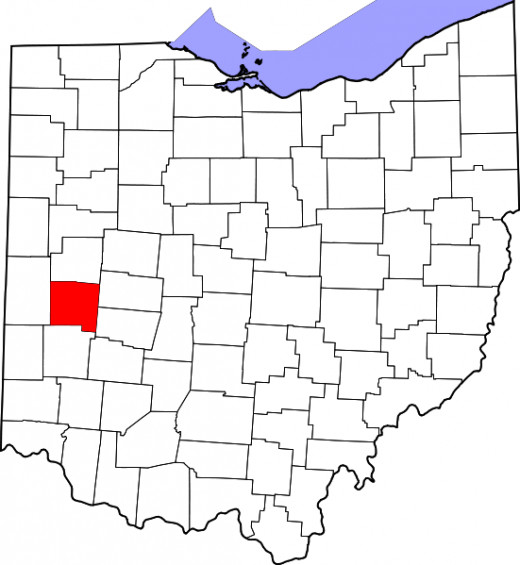
New Settlement shifted the frontier in the Northwest Territory
As more settlers began to arrive in the area around Cincinnati, Fred and Winona, and their two sons, decided it was time to move further to the north. They chose a site near the old Fort Piqua just north of the village now being called Upper Piqua, in the area that would eventually be known as Miami County. They made their move in the spring of 1798. In October of 1800, Winona gave birth to their third son, whom they named Jacob.
Fred worked hard in his new community as both a farrier and a blacksmith, as they continued to raise their horses and their sons, in the new century. Annual sales of four or five quality horses along with breeding opportunities sustained them along with related agricultural pursuits.
Historical Note
In today's story, only Fred, Winona, Truman, Charles and Jacob are fictional characters. All the others mentioned are actual historical figures used here in a fictitious manner to further our story and share the contextual social history of the place and times.
